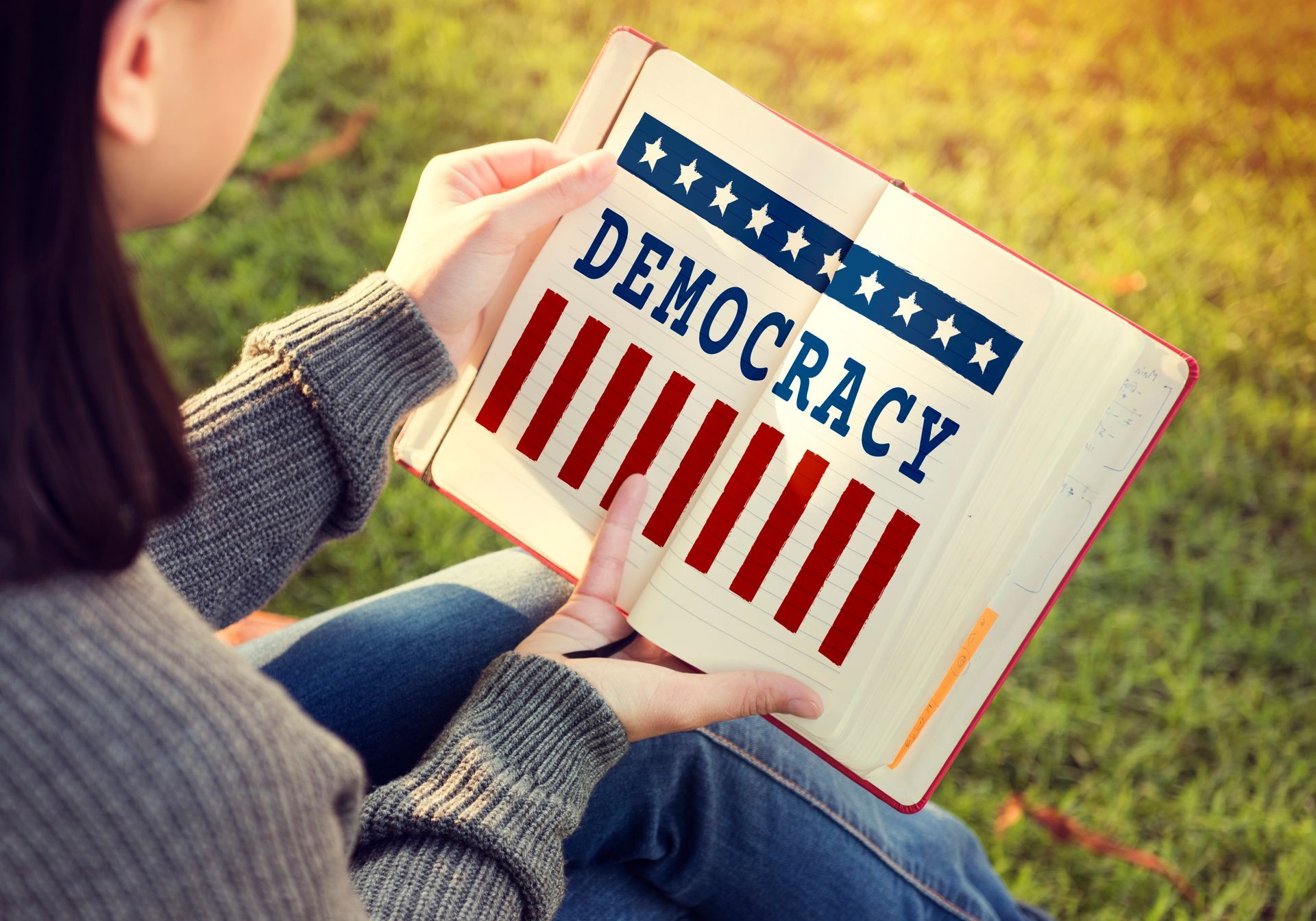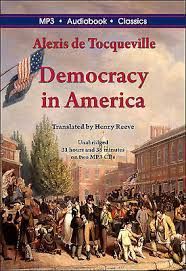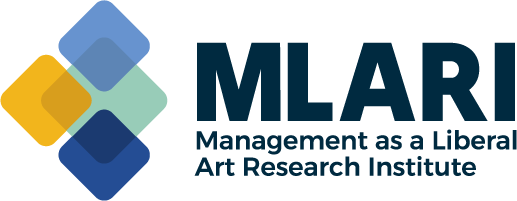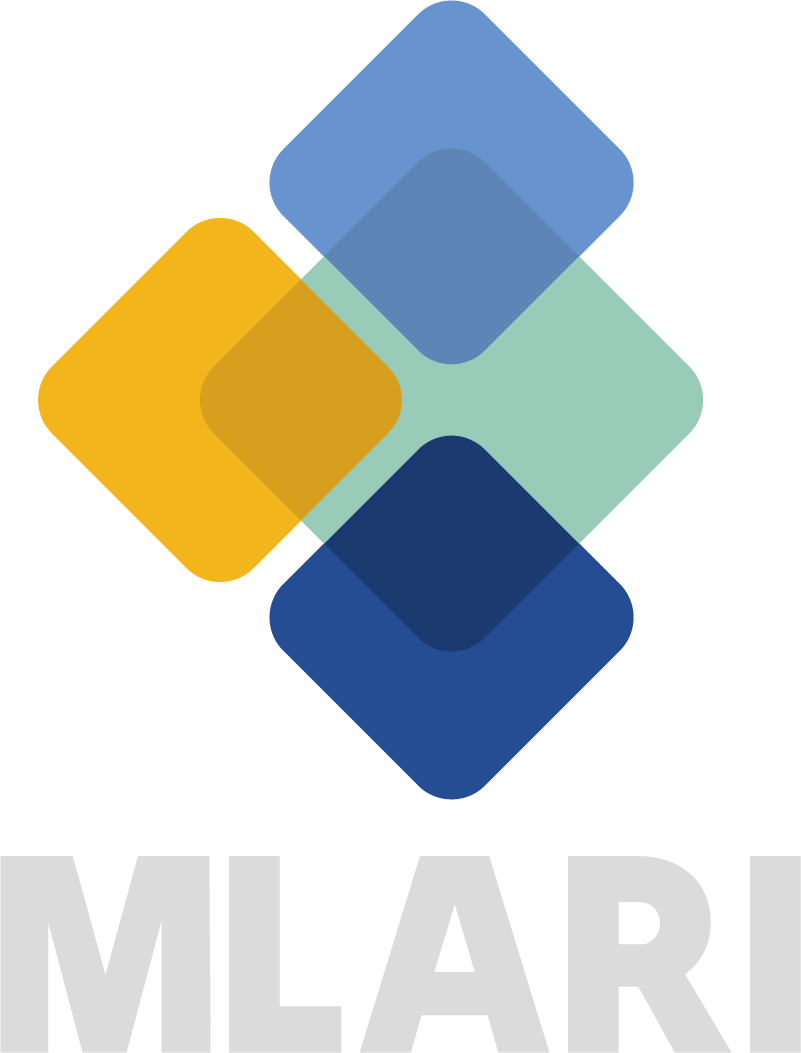A Practical Guide to Multi-Disciplinary Learning: Unlocking the Potential within Organizations
PUBLISHED:
One of the central teachings of Management as a Liberal Arts (MLA) is that management should be viewed as a multi-disciplinary field. In this regard, there is a growing recognition that a multi-disciplinary approach to management can elevate the way organizations operate. According to this view, it is no longer sufficient to view management as a singular field; rather, it is a tapestry woven with insights from diverse disciplines such as sociology, economics, psychology, history, and philosophy. By drawing upon these diverse perspectives, managers can make more informed decisions that drive innovation and success.
While some may argue that acquiring a deep multi-disciplinary understanding requires years of liberal arts education, this ideal scenario often remains detached from reality. In the practical world of organizations, time constraints and operational demands necessitate a different approach—one that bridges the gap between theory and application, between diverse disciplines and day-to-day managerial decision-making.
In this regard, a crucial question that has long been overlooked and left unanswered is: How can organizations actively practice management as a multi-disciplinary field? What practical steps can they take to infuse insights from various disciplines into the very fabric of their employees' work?
In this blog post, I will explore several simple and feasible recommendations to enhance multi-disciplinary learning within modern organizations. By fostering a culture that embraces and supports the acquisition and integration of diverse knowledge, organizations can tap into the vast potential of their employees and propel their success to new heights.
Let us dive into a list of practical initiatives to create a culture of multi-disciplinary learning through leveraging some internal and external sources. After introducing these sources, I will conclude my post by briefly discussing the requirements (i.e., antecedents) for successful adoption of these initiatives and some of their most important benefits (i.e., outcomes).
Leveraging External Sources of Multi-disciplinary Learning
Below are certain steps for encouraging employees to learn from external knowledge sources outside of their area of expertise:
1. Book Clubs/Film Clubs: Foster a culture of reading and exploration by organizing book clubs or film clubs within the organization. Encourage employees to delve into topics beyond their immediate disciplines, gaining historical, cultural, and diverse perspectives.
2. Attending Conferences: Encourage employees to attend conferences outside of their immediate disciplines. This exposure will broaden their knowledge base, spark new insights, and facilitate cross-pollination of ideas.
3. Inviting External Guest Speakers: Arrange for guest speakers from various backgrounds to share their expertise. By bringing in speakers with diverse educational backgrounds, such as psychology, engineering, or political science, employees can gain valuable insights from different disciplines.
4. Incentivizing External Courses/Webinars: Offer incentives for employees to pursue external courses or webinars on topics beyond their immediate job responsibilities. By investing in their continuous learning, organizations create opportunities for multi-disciplinary growth.
5. Learning from Other Cultures: Encourage and facilitate interactions with people from different cultures. This can be achieved through travel opportunities, fostering understanding of diverse perspectives and worldviews.
Leveraging Internal Sources of Multi-disciplinary Learning
Here is a list of certain initiatives to use internal sources to enhance multi-disciplinary learning:
1. Cross-Functional Training: Foster collaboration by creating cross-functional teams that include individuals from marketing, operations, finance, engineering, and other backgrounds. This diverse collaboration enables employees to learn from one another's expertise and gain a holistic understanding of organizational challenges.
2. Rotating Job Responsibilities: Design opportunities for employees to experience various roles within the organization. This rotation exposes them to different perspectives, enhancing their multi-disciplinary knowledge and problem-solving abilities.
3. Job Shadowing: Provide opportunities for job shadowing, where employees can observe and learn from colleagues in different departments or roles. This firsthand experience promotes knowledge sharing and collaboration.
4. Knowledge Management Systems: Implement robust knowledge management systems that facilitate easy access to information and resources from different departments or areas of expertise. By breaking down silos and promoting cross-functional learning, organizations can harness the power of multi-disciplinary collaboration.
5. Lunch and Learn Sessions: Organize regular sessions where members of the organization can give talks and share information on their areas of expertise. These internal knowledge-sharing sessions create a platform for employees to learn from one another.
6. Internal Newsletters or Blogs: Establish internal newsletters or blogs to share insights, best practices, and success stories across departments. This promotes a culture of learning and encourages employees to explore ideas beyond their immediate domains.
Antecedents and Outcomes of Creating a Culture of Multi-Disciplinary Learning
In the previous lines, I introduced a list of initiatives for creating a culture of multi-disciplinary learning. However, it is also important to note that organizational support for these initiatives is required for establishing effective multi-disciplinary learning practices in the organization. This support should include:
1. Funding/Budget: Allocating resources to support these initiatives is essential, recognizing that some activities require time and financial investment.
2. Communication and Collaboration Skills: Fostering effective communication and collaboration skills within the organization is vital to enable learning from both internal and external sources.
3. Culture of Learning: Cultivating a culture that values and encourages learning is key. Organizations should establish a norm of allocating resources for learning, creating an environment where continuous development is embraced.
4. Diversity and Inclusion: Promoting a diverse and inclusive workplace culture is paramount. Embracing a diverse employee background facilitates learning from internal sources, broadening perspectives, and enriching multi-disciplinary knowledge.
The cultivation of a multi-disciplinary culture within organizations brings forth a wealth of benefits and outcomes with two primary advantages standing out: critical thinking and ethical leadership. With a multi-disciplinary knowledge base, employees gain a comprehensive understanding of various subjects and areas of expertise, empowering them to evaluate information with a critical eye and make well-informed decisions.
Moreover, this breadth of knowledge equips individuals to navigate ethical complexities by connecting the dots between different perspectives and stakeholder needs. As an example, employees and managers with a comprehensive understanding of the environment around them become more effective proponents of corporate social responsibility, driving initiatives that simultaneously consider the importance of people, profit, and the planet. By embracing multi-disciplinary learning and fostering a culture that values diverse insights, organizations can position themselves at the forefront of innovation, adaptability, and responsible leadership in today's rapidly evolving world.





